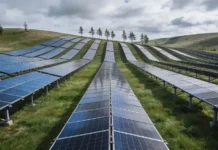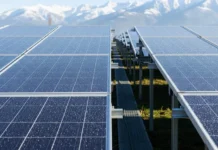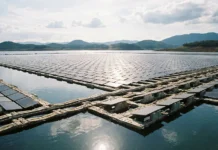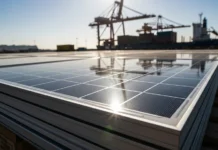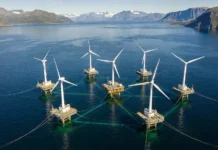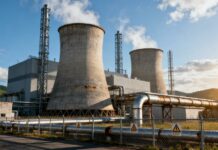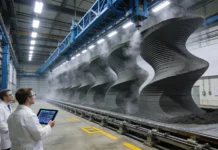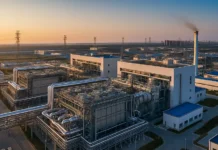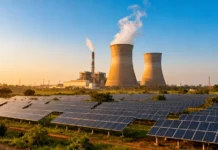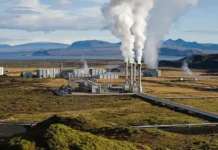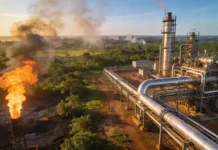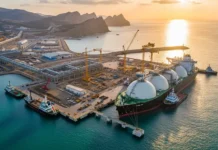Li Qiang, Premier of the State Council of China, stated that work will begin on the world’s biggest hydroelectric power facility, which will be built on the eastern border of the Tibetan Plateau.
The project would cost about 170 billion US dollars and will build five cascade hydroelectric power facility on the lower Yarlung Tsangpo River.
China is working on this big project to make more renewable energy and reduce carbon emissions. It is expected to produce roughly 300 billion kilowatt-hours of power per year, which will be plenty for Tibet and other parts of the nation.
Li Qiang called this endeavour the “project of the century” and emphasised how important it is to protect the environment so that the surrounding ecology doesn’t suffer.
But for now, no one knows how many people will have to move because of the project or how it will effect the surrounding environment, which is one of the richest on the plateau.
India and Bangladesh have previously said they are worried about how the project would affect the water supplies downstream. Groups like the International Campaign for Tibet say that the project might damage the environment in ways that can’t be fixed and make life worse for millions of people.
In this part, the Yarlung Tsangpo River dips abruptly by 2,000 meters over 50 km, making it a great place for hydropower. The river changes its name to the Brahmaputra once it leaves Tibet. It then runs through the Indian states of Arunachal Pradesh and Assam and then into Bangladesh.
China has already started making electricity on the higher sections of the Yarlung Tsangpo, which flows from west to east over Tibet.


